How William Morris transformed his London home: 'Let us hope we shall all grow younger there, my dear'
William Morris's London home was just as remarkable as his country houses, as Clive Aslet discovered during a visit to the new exhibition at Kelmscott House.
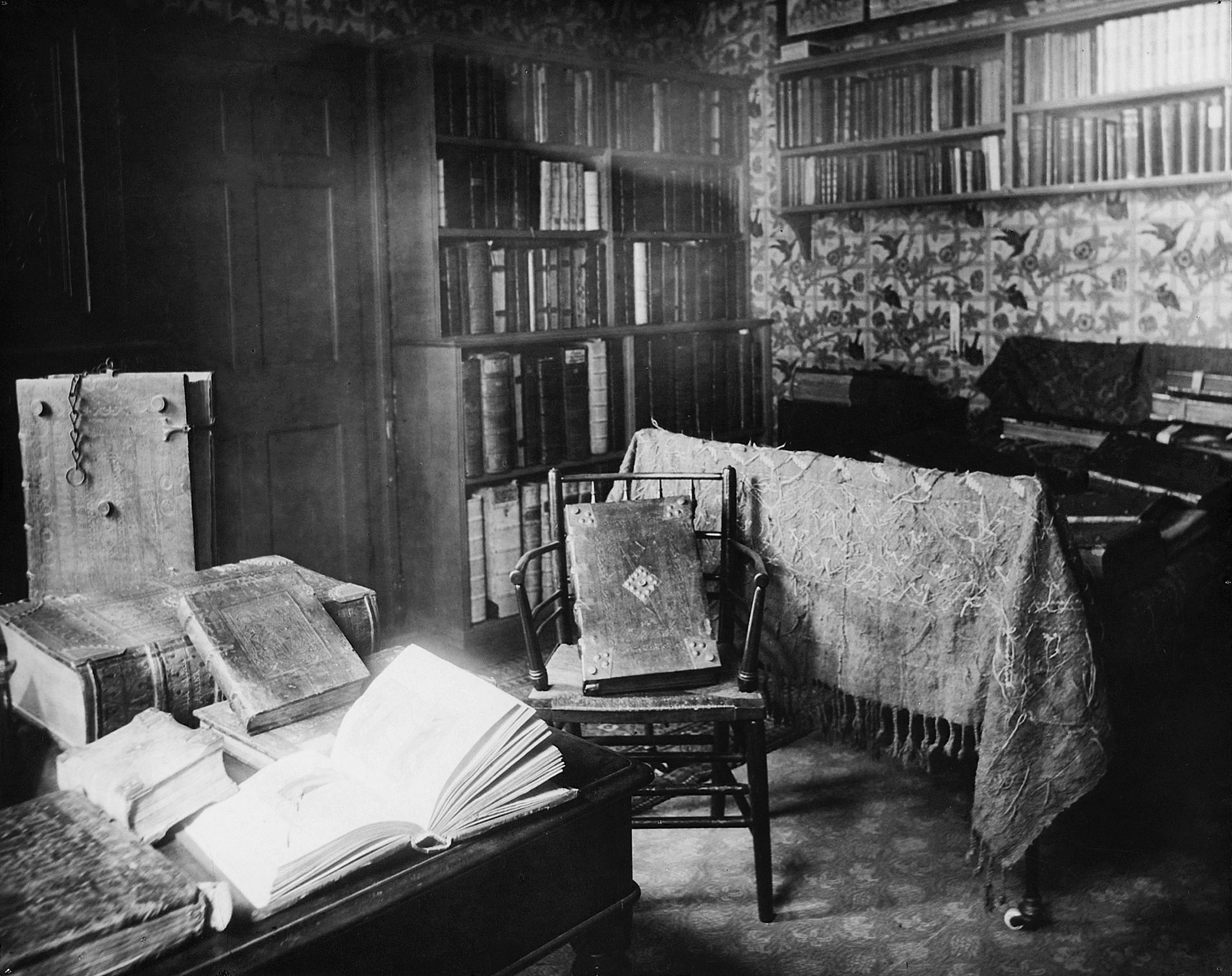
To William Morris, ‘the most important production of art’ was ‘a beautiful House’, followed by ‘a beautiful Book’. His ideal home, realised at Red House in Bexleyheath, Kent, and Kelmscott Manor in Oxfordshire, was in the country, but business took him to London and it was here, in Hammersmith, that he found a terraced house of the 1780s called The Retreat.
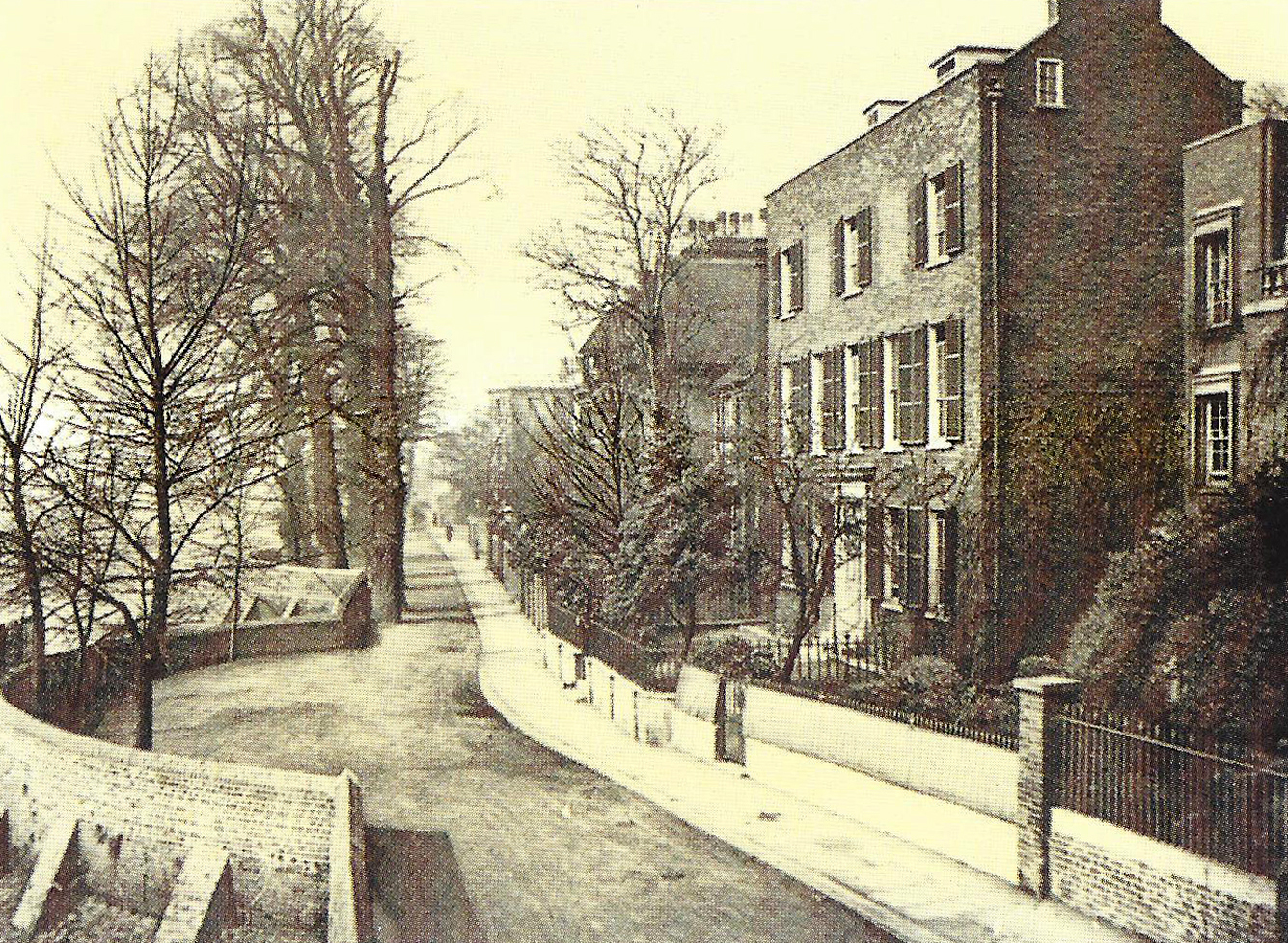
He renamed it Kelmscott House, after Kelmscott Manor. Both houses are on the Thames and, sometimes, with his powerful physique, he would row between the two. The Coach House at Kelmscott House is currently home to an exhibition about the history of this reamarkable home.
From 1891, Hammersmith was home to the ‘little typographical adventure’ of the Kelmscott Press. One of the Albion presses that were used to print such sumptuous books as the Kelmscott Chaucer, with 87 woodcut illustrations by Burne-Jones, can be seen in the premises of the William Morris Society, which occupies the basement of the house and its former coach house, where this small display of artefacts is on show.
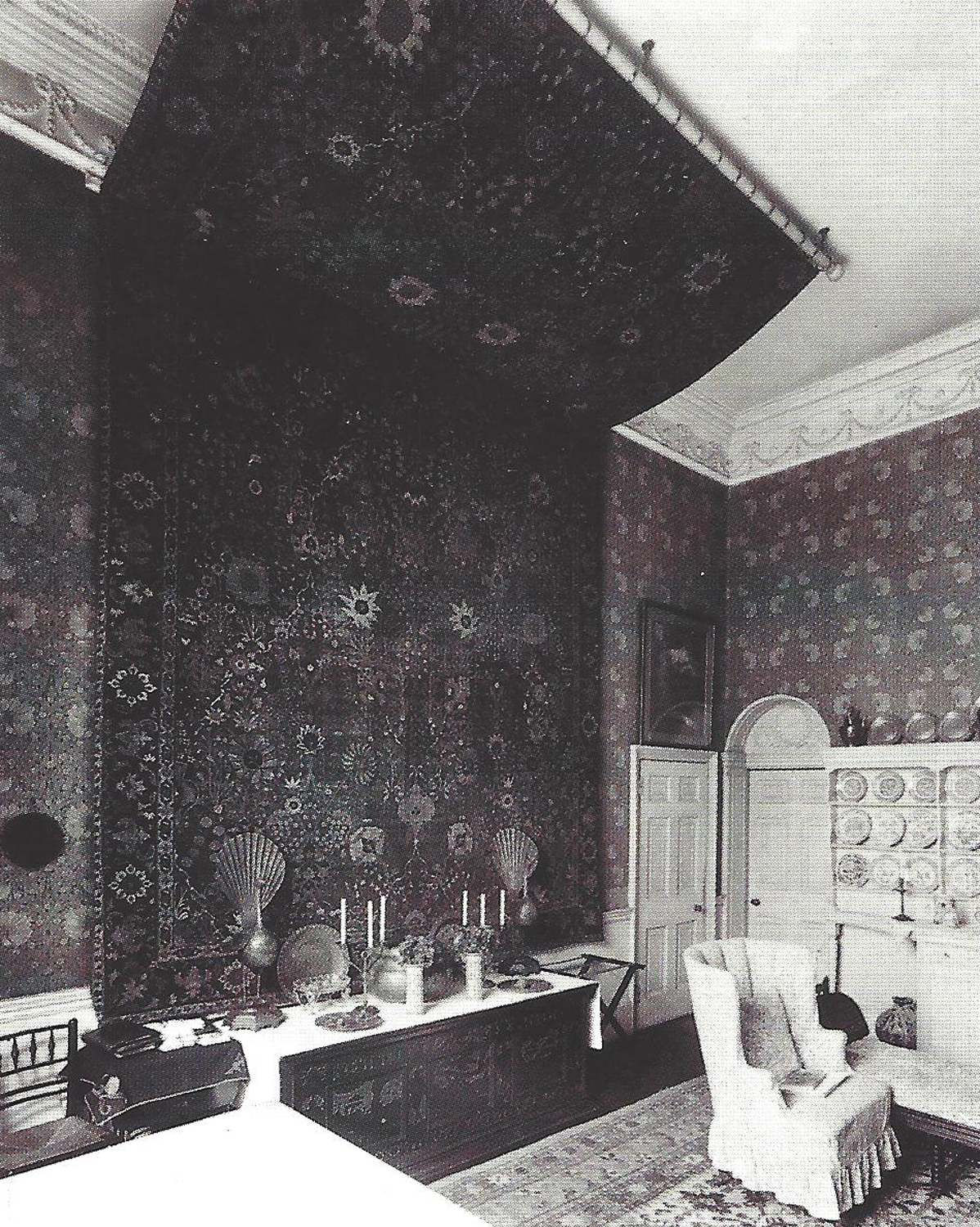
The society’s title for the exhibition — ‘The dear warp and weft at Hammersmith’ — is a quote from Morris, referring to the carpet weaving that Morris set up in the coach house. Not that the Morrises were the only remarkable occupants of 26, Upper Mall, to give Kelmscott House its postal address.
In 1816, the 600ft garden was festooned with eight miles of copper wire, later insulated and put in underground trenches. This was the practical demonstration of Sir Francis Ronalds’s invention: the electric telegraph. Recognition for Sir Francis came late; the Army rejected the innovation as ‘totally unnecessary’ — it was happy with semaphore — and he was only knighted in 1870, three years before his death.
Morris, needless to say, loathed the telegraph as an abomination of modern life, but did allow a plaque commemorating Ronalds to be placed on the coach house.
From 1867, The Retreat was boisterously occupied by George MacDonald, his wife, Louisa, their 11 children and servants — so large an establishment that they spilled over into River Villa next door.
Exquisite houses, the beauty of Nature, and how to get the most from your life, straight to your inbox.
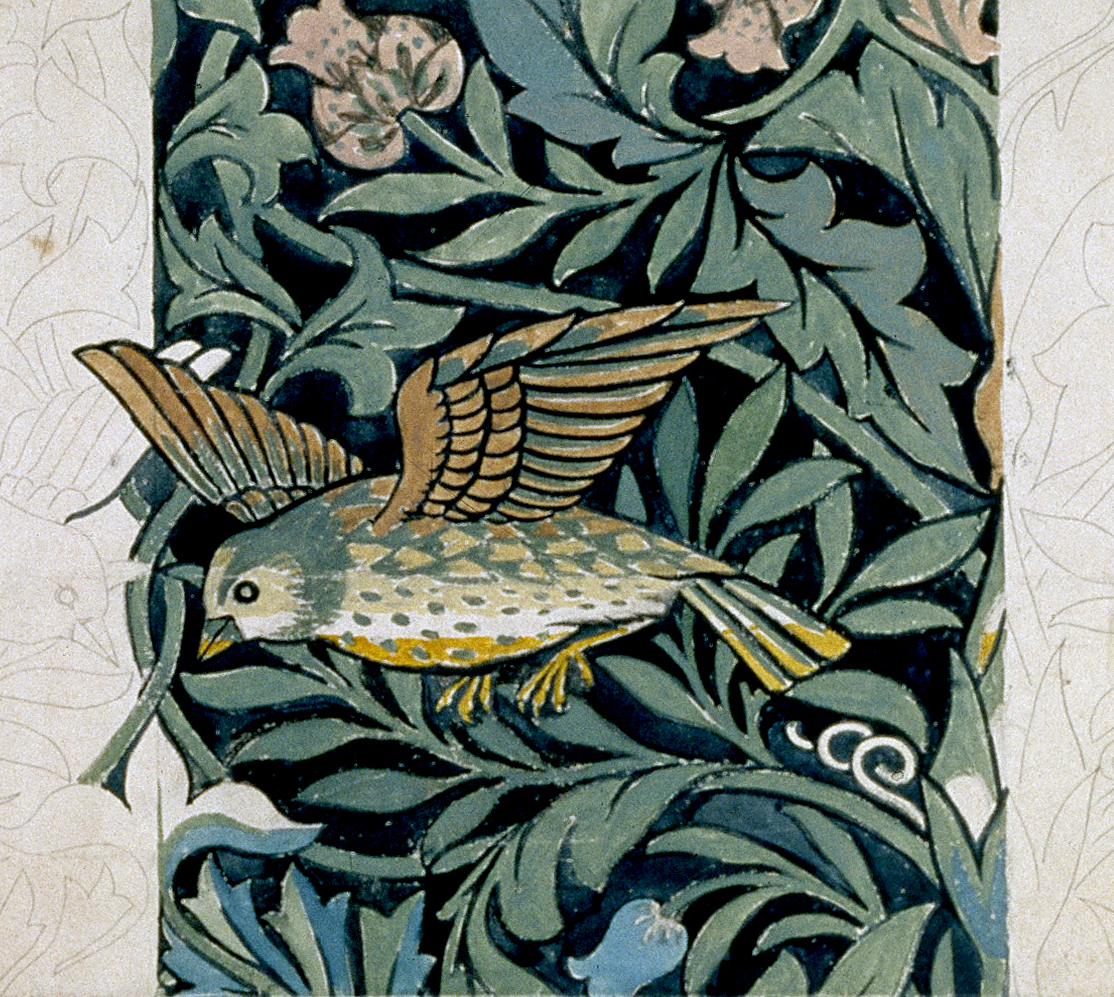
MacDonald was a poet, novelist and Congregational minister with an inadequate income, but a love of parties; he and Louisa put on plays for both poor people and literary friends, such as Tennyson and Lewis Carroll. Ruskin spent ‘three days of heaven’ here with a young Rose La Touche. The MacDonalds gave up the house when it seemed that the damp of the river was undermining their health.
Dante Gabriel Rossetti saw it before Morris. He had also been house-hunting, but objected to The Retreat’s ‘frightful’ kitchen and vulnerability to floods. Only a narrow lane, bowing out into a turning circle for carriages, separates the house from the river.
Morris, whose family had outgrown their previous quarters in Turnham Green, saw that it ‘could easily be done up at a cost of money, & might be made very beautiful with a touch of my art’.
His wife, Jane, to whom those words were addressed, needed persuasion. She would rather have lived closer to town, but Hammersmith was cheaper than a more central location and Morris promised her a pony and trap. In April 1878, Morris wrote to Jane after signing the lease: ‘So let us hope we shall all grow younger there, my dear.’
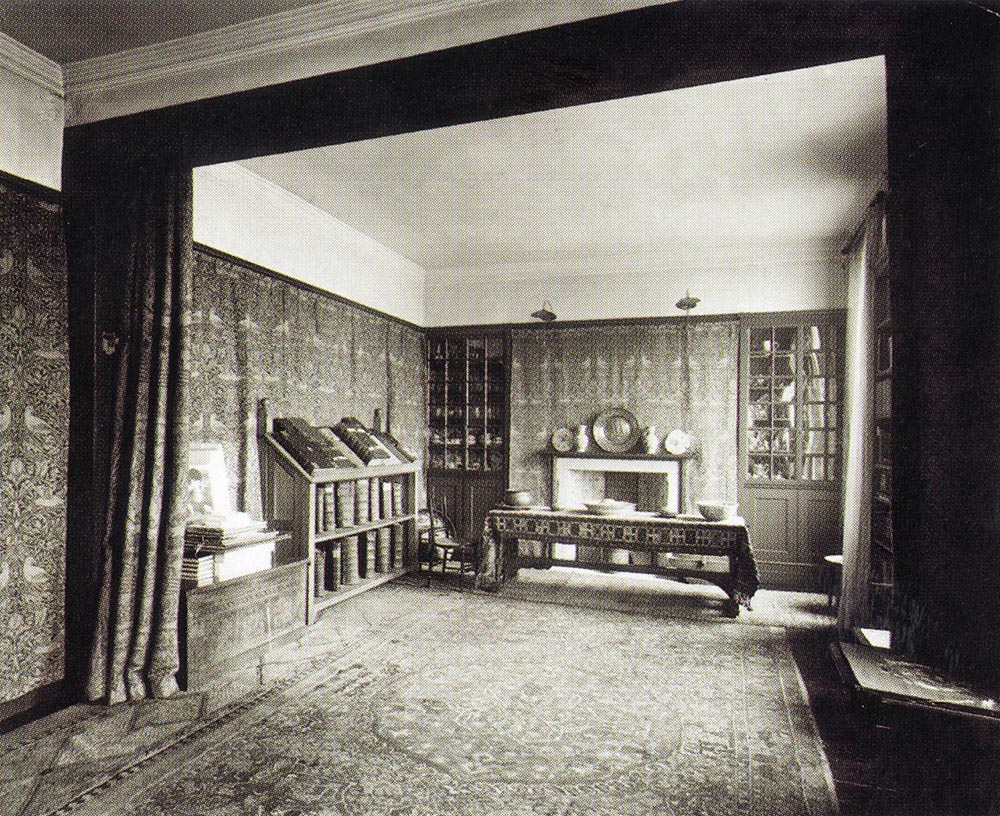
The parties continued. The irrepressibly sociable Morris invited friends — rather too many for Jane — for the Boat Race, which could be viewed from the five windows of the 37ft-long drawing room; some guests clambered onto the roof, coming down with hands black from soot.
Among several Arts-and-Crafts neighbours was Morris’s mentor in typography, the printer Emery Walker, a 10-minute stroll away (his home at 7, Hammersmith Terrace is opened to the public by the Emery Walker Trust).
Morris being Morris, he also immediately set about decorating Kelmscott House with his own fabrics, wallpaper and furniture. The rooms have since been redecorated and are not accessible today (it’s now a private residence on a long lease), but the display of his original designs alongside contemporary photographs, together with some of the treasures bequeathed to the society by former owners, enables us to imagine how the interior must have looked in his day.
Helen Elletson, author of A History of Kelmscott House, has identified many of the elements. A pattern called Bird was specially designed for the drawing room and hand-woven in a double woollen cloth as hangings for the walls. The cavernous dining room was papered with Pimpernel, a design of 1876.
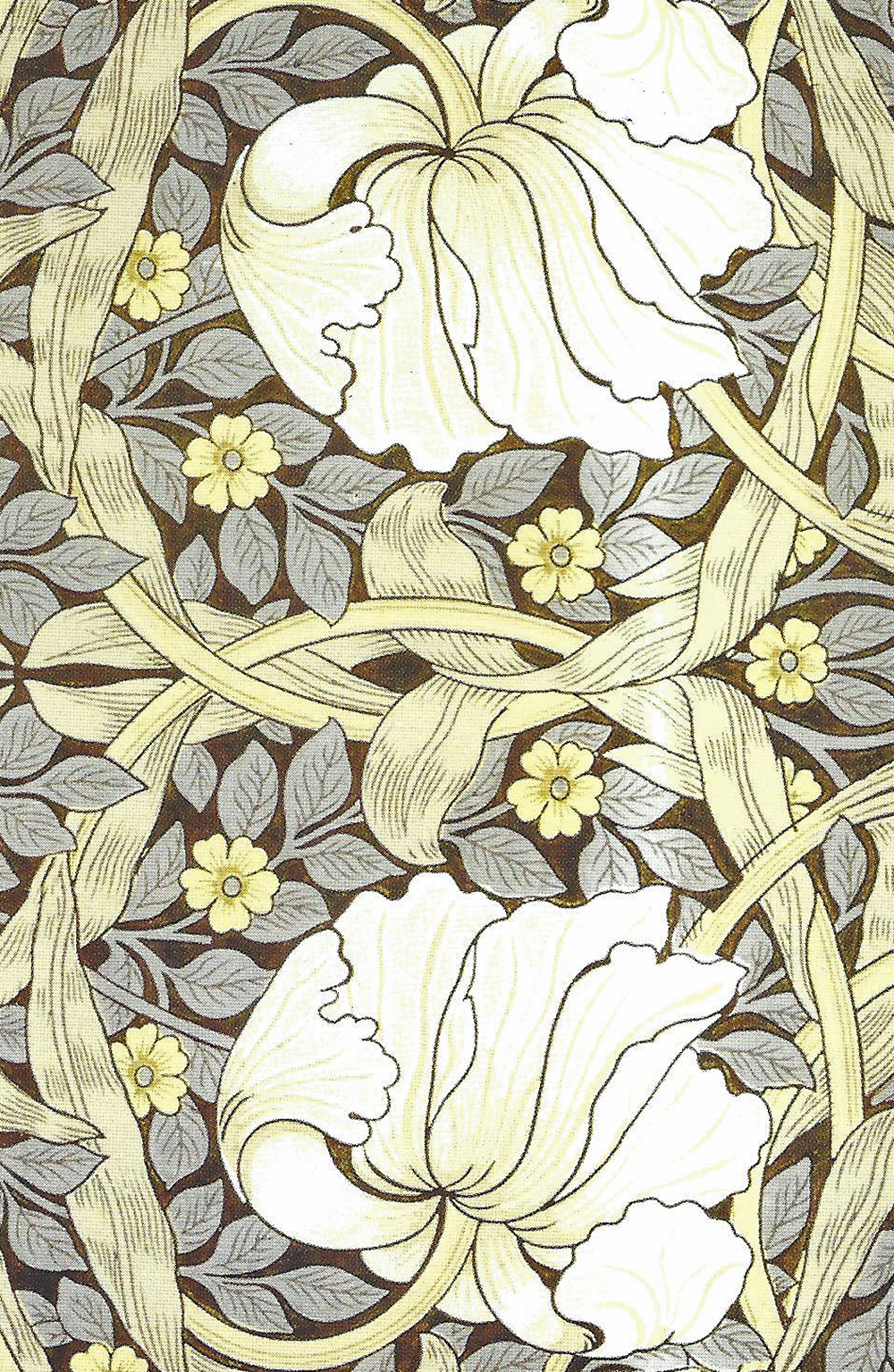
An oriental carpet — too precious to walk on with hobnailed boots — rose up behind the sideboard and spread itself halfway across the ceiling as a canopy. As George Bernard Shaw remembered in 1936, ‘there was an extraordinary discrimination at work in this magical house’.
What joy — but Morris could not ignore the proximity of slums, urchins from which would come and swing on his gate. In 1883, the coach house was converted from a weaving studio into a lecture room for the Hammersmith branch of the Socialist League (chairman, W. Morris). A photograph shows members in the garden, half of which — how Morris must have turned in his grave — was lost to widening of the A4.
Thankfully, the river frontage of this delightful and fascinating house is little changed.
‘The dear warp and weft at Hammersmith: A History of Kelmscott House’ is at the Coach House of Kelmscott House, 26, Upper Mall, London W6, until October 26 — www.williammorrissociety.org
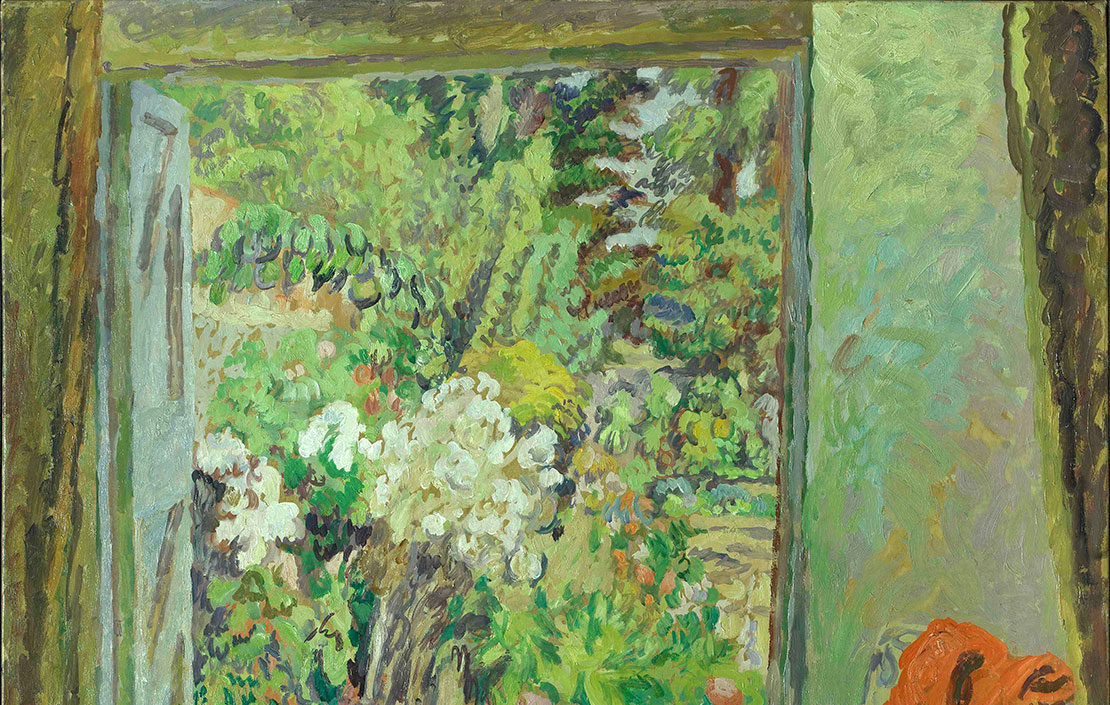
In Focus: The work by a Bloomsbury Group stalwart which fuses nature, nostalgia and Impressionism
Britist artists Duncan Grant's wonderful versatility allowed him to mix traditional and modern, natural and man-made, as this picture on
-
 What links myself, David Beckkam and The King? We all have an affinity for the Aston Martin DB6, a car that has been unfairly punished for not being in a James Bond film
What links myself, David Beckkam and The King? We all have an affinity for the Aston Martin DB6, a car that has been unfairly punished for not being in a James Bond filmThe Aston Martin DB6 is better than the DB5, and I am tired of pretending that it isn't.
-
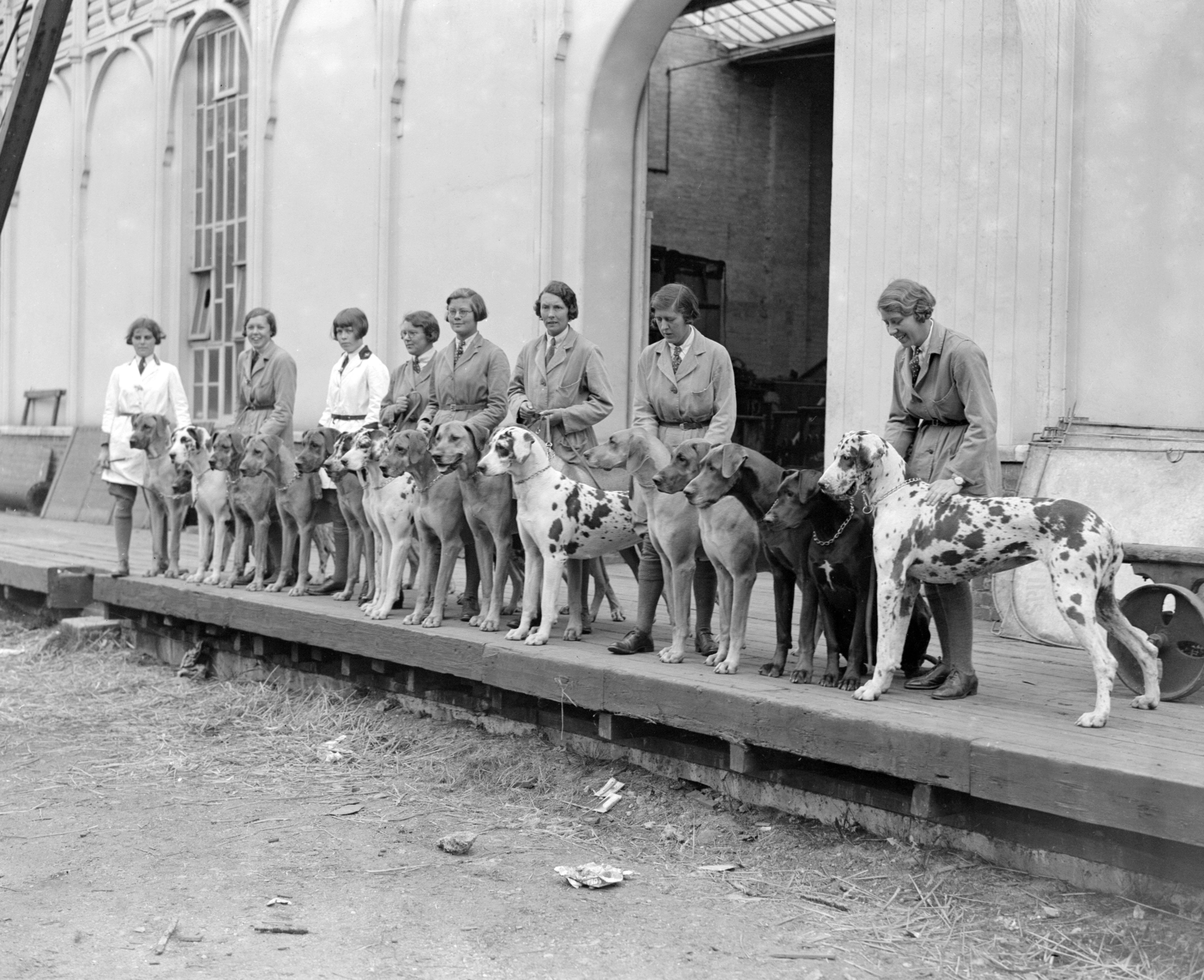 Great Danes: These gentle giants need space, strength and industrial-strength sofas
Great Danes: These gentle giants need space, strength and industrial-strength sofasGreat Danes were originally bred to hunt big game, but they’re more into cuddles than killing.
-
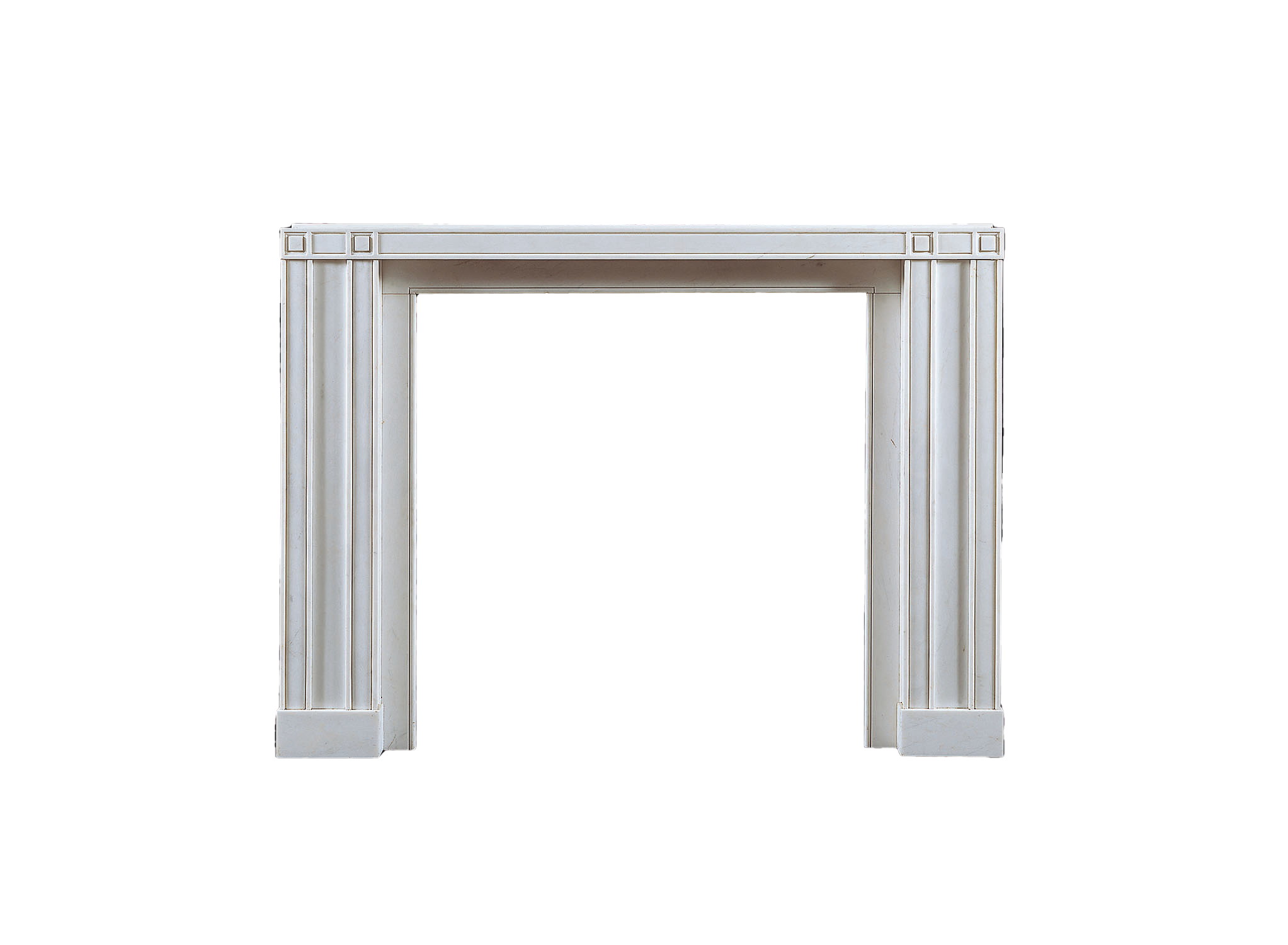 The chimneypiece by Sir John Soane that still inspires designers to this day
The chimneypiece by Sir John Soane that still inspires designers to this dayThe reductivist simplicity of a chimney piece designed 200 years ago by Sir John Soane explains the architect’s reputation as a founding father of Modernism.
-
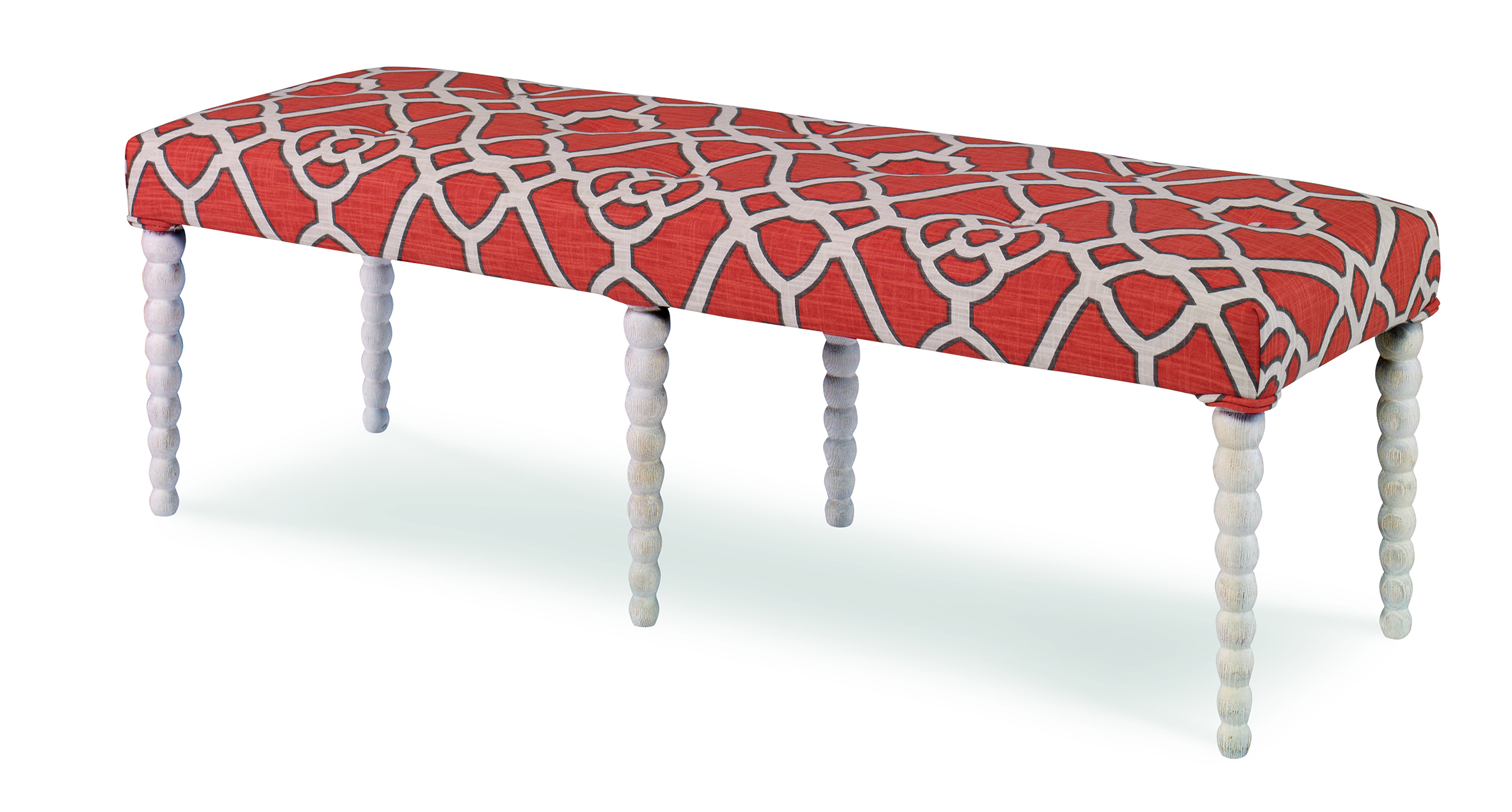 Four ways to give your bedroom the luxury hotel treatment
Four ways to give your bedroom the luxury hotel treatmentGiles Kime explains how hotels can teach us to be ahead of inspirational design trends and how we can make our bedrooms design masterpieces.
-
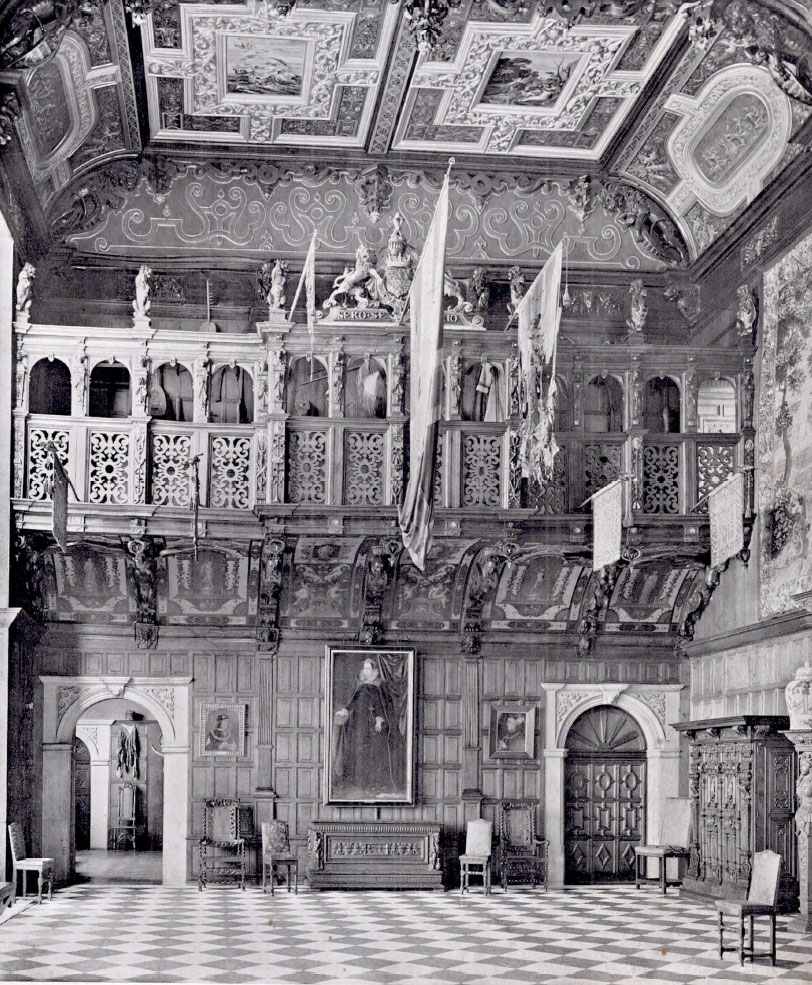 A rare look back at Hatfield House's Grand Staircase, one of the finest of its type in existence, as it appeared in 1927
A rare look back at Hatfield House's Grand Staircase, one of the finest of its type in existence, as it appeared in 1927In a few weeks' time the Game Fair will take place at Hatfield House in Hertfordshire — something which prompted us to take a look back at one of the most extraordinary features of this great country house.
-
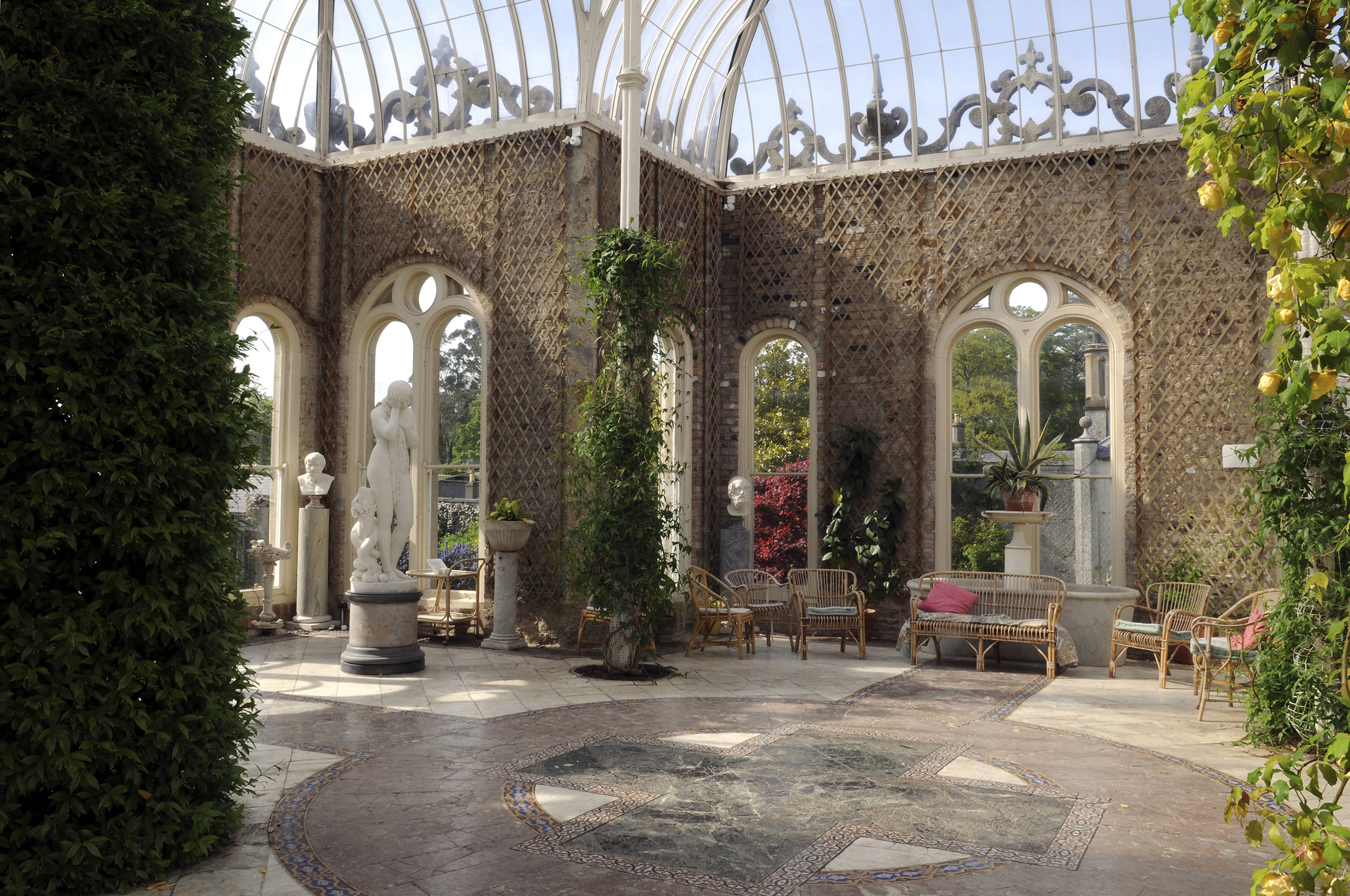 The joy of the orangery, and how an 18th century practicality became 21st century luxury
The joy of the orangery, and how an 18th century practicality became 21st century luxuryAn orangery is a joy, whether you use it for growing fruit or merely as a perfect way to link your garden to the rest of your house.
-
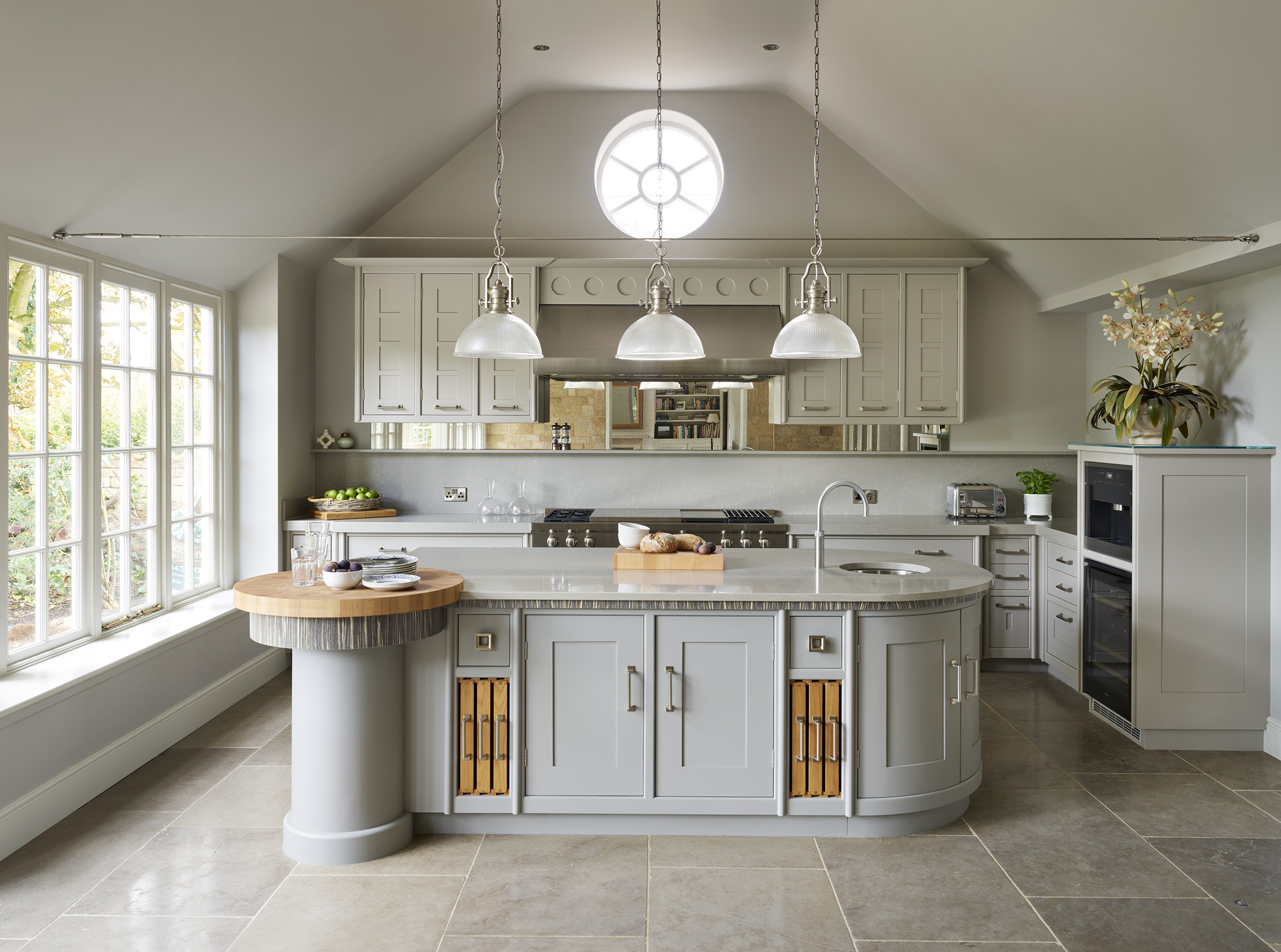 Art Deco kitchens: How a touch of 1920s glamour and dash can lift your most-used room
Art Deco kitchens: How a touch of 1920s glamour and dash can lift your most-used roomHaving a touch of classic inspiration isn't necessarily about recreating a look from the past — it can be as simple as taking a few details here and there, as Giles Kime explains.
-
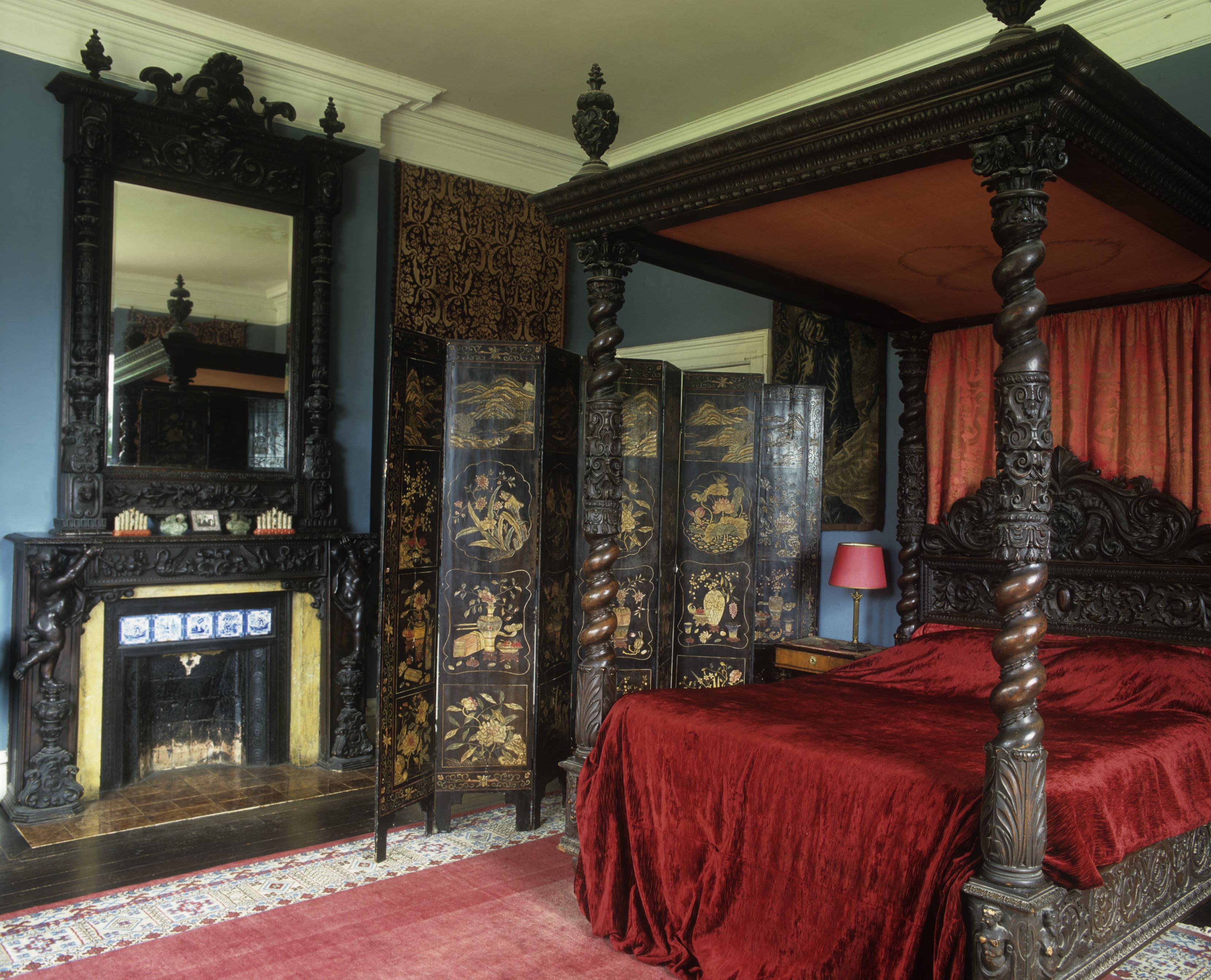 A classic 19th century Italianate bedroom in an Irish country house, proving that sometimes more is more
A classic 19th century Italianate bedroom in an Irish country house, proving that sometimes more is moreThe Red Bedroom at Castle Leslie was feature in Country Life back in 1999, having been furnished over one hundred years earlier. It remains much the same today.
-
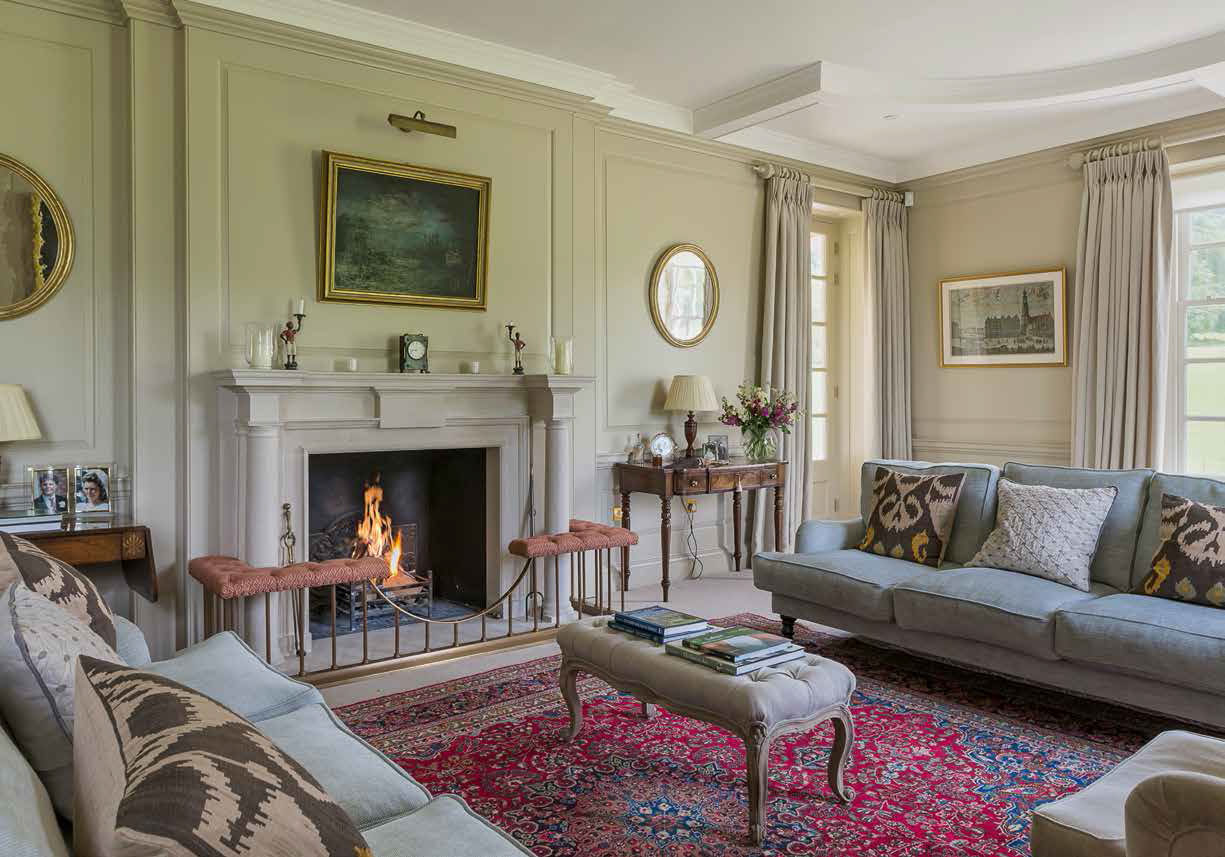 A drawing room and kitchen-family room which show just what is possible when you blend old and new
A drawing room and kitchen-family room which show just what is possible when you blend old and newThe living and dining spaces of Chitcombe House in Dorset offer all manner of lessons in making a modern family home that's sympathetic to the great architectural traditions.
-
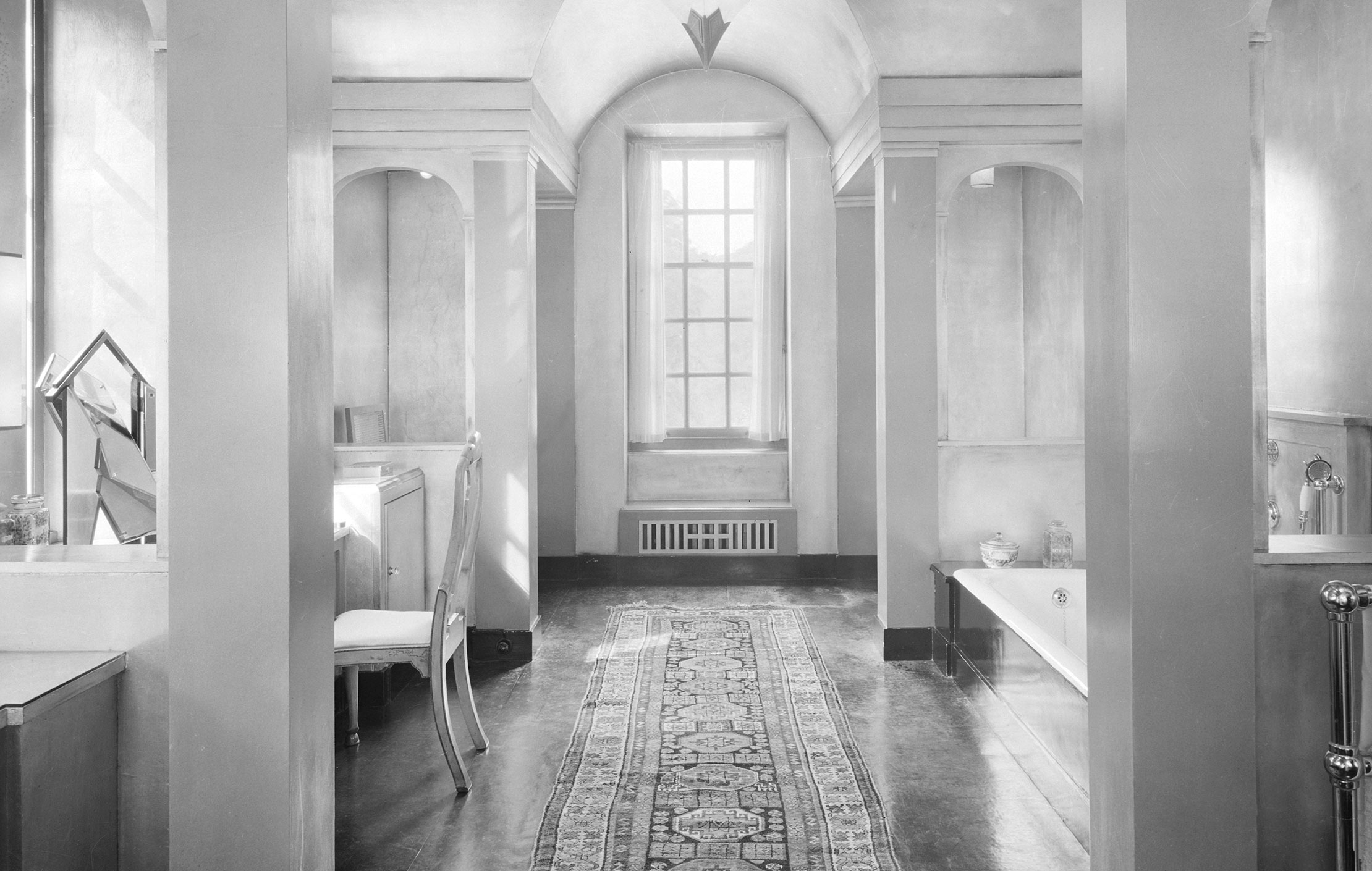 A classic 1930s bathroom with exotic charm and an unexpected touch of bling
A classic 1930s bathroom with exotic charm and an unexpected touch of blingThe bathroom at Upton House in Warwickshire was featured in Country Life back in 1936.